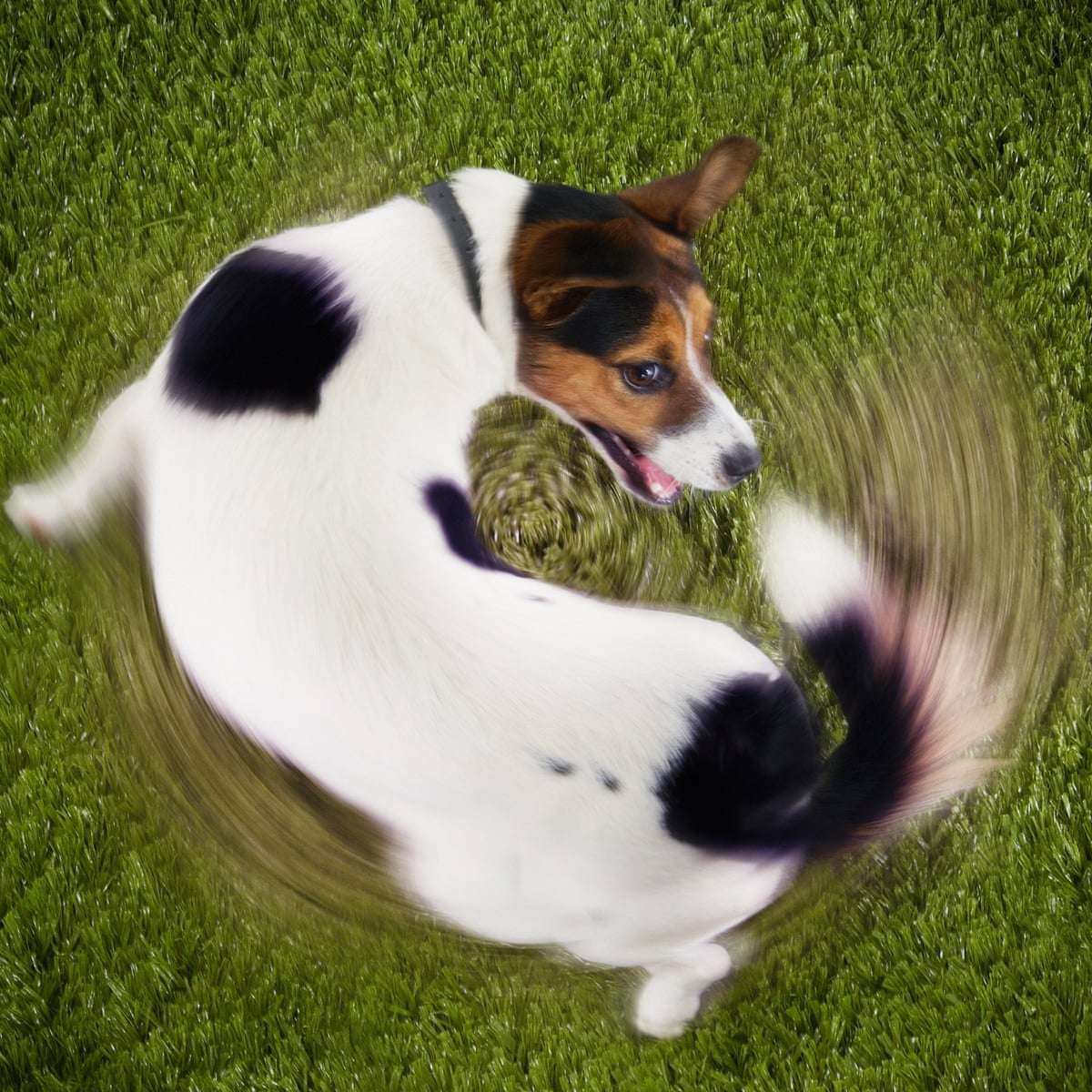Have you ever seen a cat shake his or her tail? If yes, then you may be thinking what the reason behind that is and why it happens? Well, if you are looking for an answer then this post is for you. Cats are known as the most loving animals in the world and they have a very good nature, but they can be naughty sometimes and when they do so they will shake their tail.
Cats often shake or twitch their tails for various reasons, and the tail's movement can convey different emotions or intentions. Here are some common reasons why your cat might shake its tail:
- Playfulness: Cats may shake their tails when they are feeling playful and excited. It can be a sign that they are ready to engage in play or pounce on a toy.
- Happiness and Contentment: A gently wagging tail can indicate that your cat is content and comfortable in its surroundings. This is often seen when a cat is relaxing or receiving pets and attention.
- Hunting Mode: When a cat is stalking prey or engaging in play, its tail may shake or quiver slightly. This behavior is part of their predatory instinct and indicates their focus and anticipation.
- Agitation or Irritation: An agitated or irritated cat may shake its tail as a warning sign. It can be accompanied by other signs of discomfort, such as flattened ears, dilated pupils, or hissing.
- Fear or Anxiety: In stressful situations, a cat's tail may shake as a response to fear or anxiety. This can happen when encountering a new environment, people, or animals.
- Communication: Cats use their tails as a form of communication. A rapidly flicking tail can be a sign of annoyance or frustration, and it may be a warning to back off.
- Aggression: In some cases, if a cat is highly agitated or aggressive, its tail may shake vigorously. This can be a sign of impending aggression, and it's important to approach the cat with caution.
- Medical Issues: In rare cases, if a cat's tail shaking is persistent and not associated with any clear emotional state or situation, it could be a sign of a medical problem. Nervous system issues or pain in the tail area may cause abnormal tail movements.

There are a lot of reasons behind that, some of them are listed below:
1. He/She is frightened: Cats are very sensitive animals, and if they feel something wrong then they will show it by shaking their tail. For example, if you have a dog and it doesn’t want to come out of the house then you will find your cat is also scared of that.
2. He/She is angry: If you have a cat who is angry at someone or something then he will shake his tail as a way of showing his anger.
3. He/She is playful: Cats are playful animals and they love to play with each other. If you are playing with your cat then you will notice that he or she is shaking his or her tail.
4. He/She is excited: If you see your cat is excited about something then you will notice that he is shaking his tail.
5. He/She is happy: If your cat is happy about something then you will find him or her shaking his tail.

Conclusion:
It's essential to consider the context and accompanying body language when interpreting your cat's tail movements. Pay attention to other signs your cat may be displaying, such as vocalizations, body posture, and facial expressions, to better understand their emotions and needs.
If you notice unusual or persistent tail shaking or if your cat displays signs of distress, aggression, or discomfort, consult with a veterinarian to rule out any underlying medical issues and address any behavioral concerns.

















